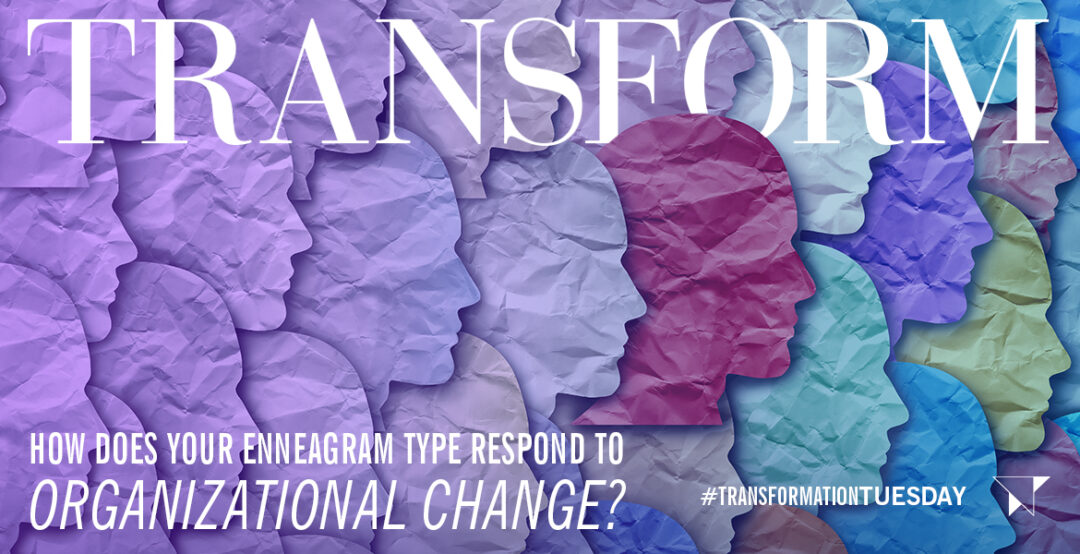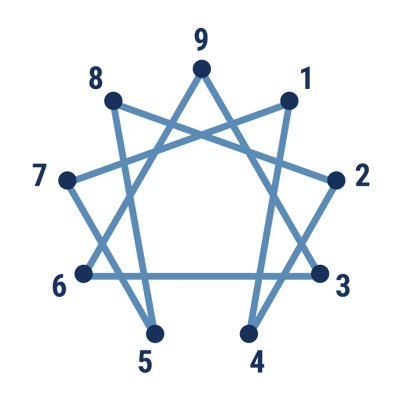1 – Perfectionist
Type Ones appreciate doing things the right way. Structure, hierarchy and clear expectations are highly valued as is continuous improvement. They want life and their world to be reliable, consistent, and organized, so when change comes, they have to see that the change or improvements are not only the right ones but also contribute to their own inner need for order and structure. Getting them onboard using this focus as the guiding force can lower resistance and gain buy-in.
2 – Helper/Giver
Type Twos are more open to change when they feel included in the planning of that change and when the proposed changes consider the personal impact the changes will have on people, especially themselves. Engage them in seeing how they can help implement the change.
3 – Performer
Type Threes do not resist change unless they believe it will slow down the pursuit of achievement and success. If changes support a faster, more efficient approach, they will certainly be on board, however, you’ll need to get their attention to ensure they are committed to actually making the necessary adjustments in their process/approach.
4 – Romantic
Type Fours will embrace meaningful change. They will certainly have “feelings” about changes, and it’s helpful to explore those feelings with them and help them see how the change is necessary in order to make a meaningful difference. Since they often need support in the management of repetitive tasks, you should have checkpoints in place to help them stay on task.
5 – Observer
Type Fives prefer the case for change to be made upfront. They want it to be both logical and fully explained. They’ll probably hide their resistance – but it may be there, so check in out with them. Give them enough time to roll out change in as predictable fashion as possible.
6 – Loyalist
Type Sixes appreciate structure but understand the basic need for change. They may question the need for change and how it came to be. They could easily become fearful when information regarding change is withheld or seems covert. If they are not in agreement with the new direction or they don’t trust those in charge of change, they could become defensive. Remember, Sixes can rally the troops for change they believe in, so make sure they understand the genesis and benefits of making the change.
7 – Enthusiast
Type Sevens are highly energized by change, especially if they see how it will benefit them, others, or the big picture. Their desire for a fast-paced and constantly changing environment supports their buy-in to the change process. The challenge could come when they need to commit to a steady type of roll out of process or implementation.
8 – Protector
Type Eights prefer to be in charge of change, not relegated to accepting someone else’s version of how things should be. Since they tend to break the rules, they may not go along easily with perceived “dictated” changes. As they don’t necessarily think the rules apply to them, make sure you have them on board first so they don’t bog down the process or simply discard the change as not applying to them.
9 – Mediator
Type Nines like things to stay the same, to be predictable and harmonious. Be sure you deal with the Nine’s first response which is often resistance before acceptance. Give Nines the thinking behind the change and how it will increase stability and decrease conflict. Give them time to talk it out as this is how Nines come to know that a change is okay.




